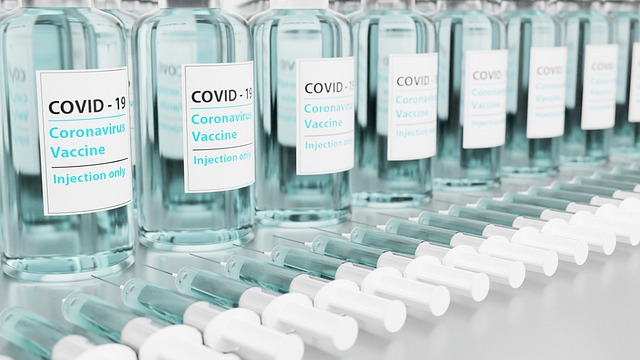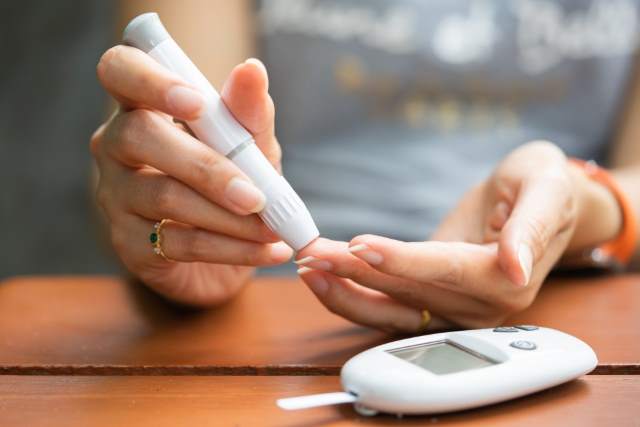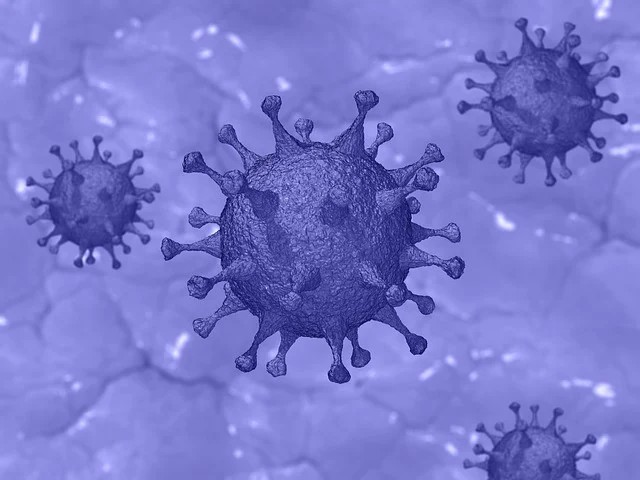
Aerosol Emission During Intense Exercise in Gyms Highlighted as COVID-19 Prevention Concern
Intense exercise in gyms generates significantly higher aerosol emissions compared to rest, raising concerns about the potential for airborne transmission of SARS-CoV-2 and highlighting the importance of adequate ventilation and infection control measures in gym settings.
December 2022

Exercise Guidelines Emphasize Reduction of Sedentary Time in Diabetes Management
Guidelines for exercise and physical activity in diabetes management prioritize the reduction of sedentary time, highlighting the importance of incorporating regular physical activity and minimizing prolonged sitting to optimize glycemic control and cardiovascular health.
November 2022
Molecular Mechanisms of Exercise Benefits: Exerchins as Signaling Fractions
Exerchins, signaling fractions released in response to acute and/or chronic exercise, mediate the beneficial effects of exercise on various physiological processes, providing insights into the molecular mechanisms underlying the health benefits of physical activity.
November 2022

Sedentary Behavior, Inflammation, and Endothelial Dysfunction: Pathophysiological Links
Sedentary behavior is associated with endothelial dysfunction and biomarkers of low-grade inflammation in prediabetes, highlighting the adverse cardiovascular effects of physical inactivity and underscoring the importance of regular exercise in mitigating cardiometabolic risk factors.
November 2022

COVID-19 in Athletes: Recommendations for Safe Return to Sports
Athletes recovering from COVID-19 are advised to define the full recovery period before resuming athletic activity to prevent potential cardiac complications and ensure safe participation in sports, emphasizing the importance of individualized management strategies in athlete care.
October 2022
Aerobic Fitness of Elite Soccer Players: Performance Insights
Analysis of data from elite soccer players in the Italian Serie A reveals insights into the aerobic fitness levels and performance characteristics of professional footballers, providing valuable information for optimizing training and performance enhancement strategies in elite athletes.
October 2022
Exercise Delays Progression of Early Parkinson's Disease: Study Findings
Just four hours of moderate exercise per week can significantly delay the progression of early Parkinson's disease, highlighting the potential therapeutic benefits of physical activity in managing this neurodegenerative condition.
October 2022
Microexercise for Preventing Long-Term Sickness Absence: Prospective Cohort Study
Microexercise demonstrates potential in preventing long-term sickness absence in the general working population, highlighting the benefits of incorporating brief physical activity breaks into daily routines to promote employee health and well-being.
September 2022
Emergency Action Planning in Sports: FIFA's Set-Piece Approach for Soccer Field Emergencies
The FIFA Emergency Action Planning (PEAP) poster provides a comprehensive set-piece approach for medical teams managing emergencies on the soccer field, facilitating timely and effective interventions to optimize player safety and minimize the risk of adverse outcomes during sporting events.
September 2022
















